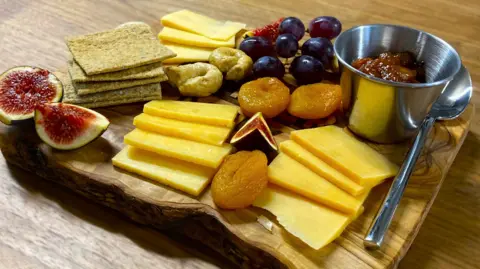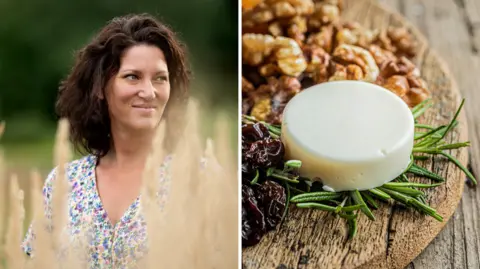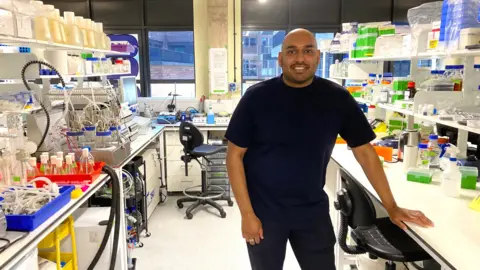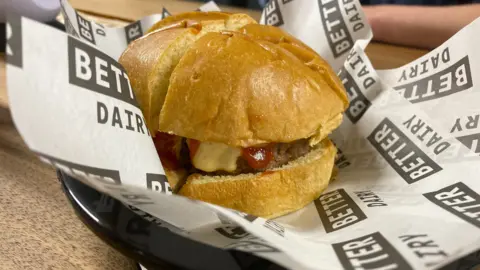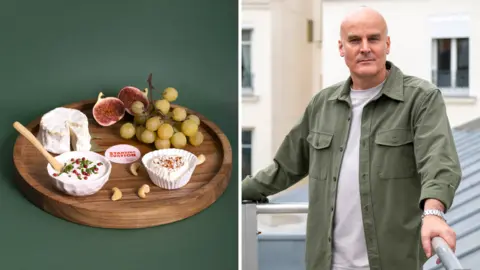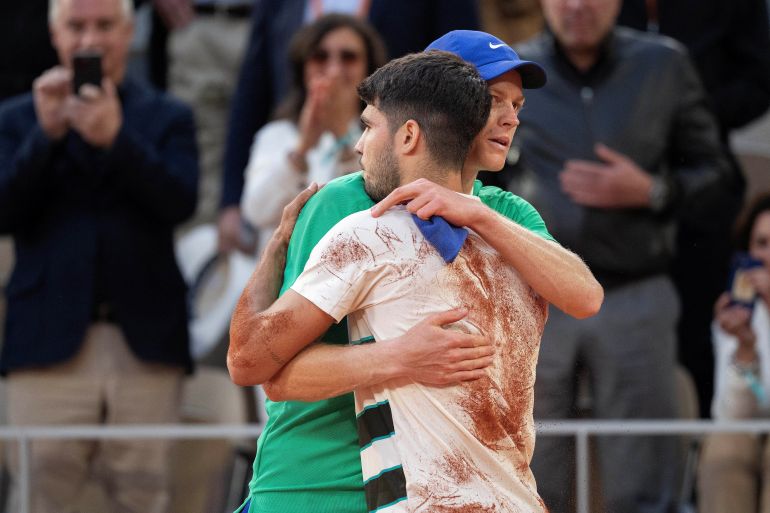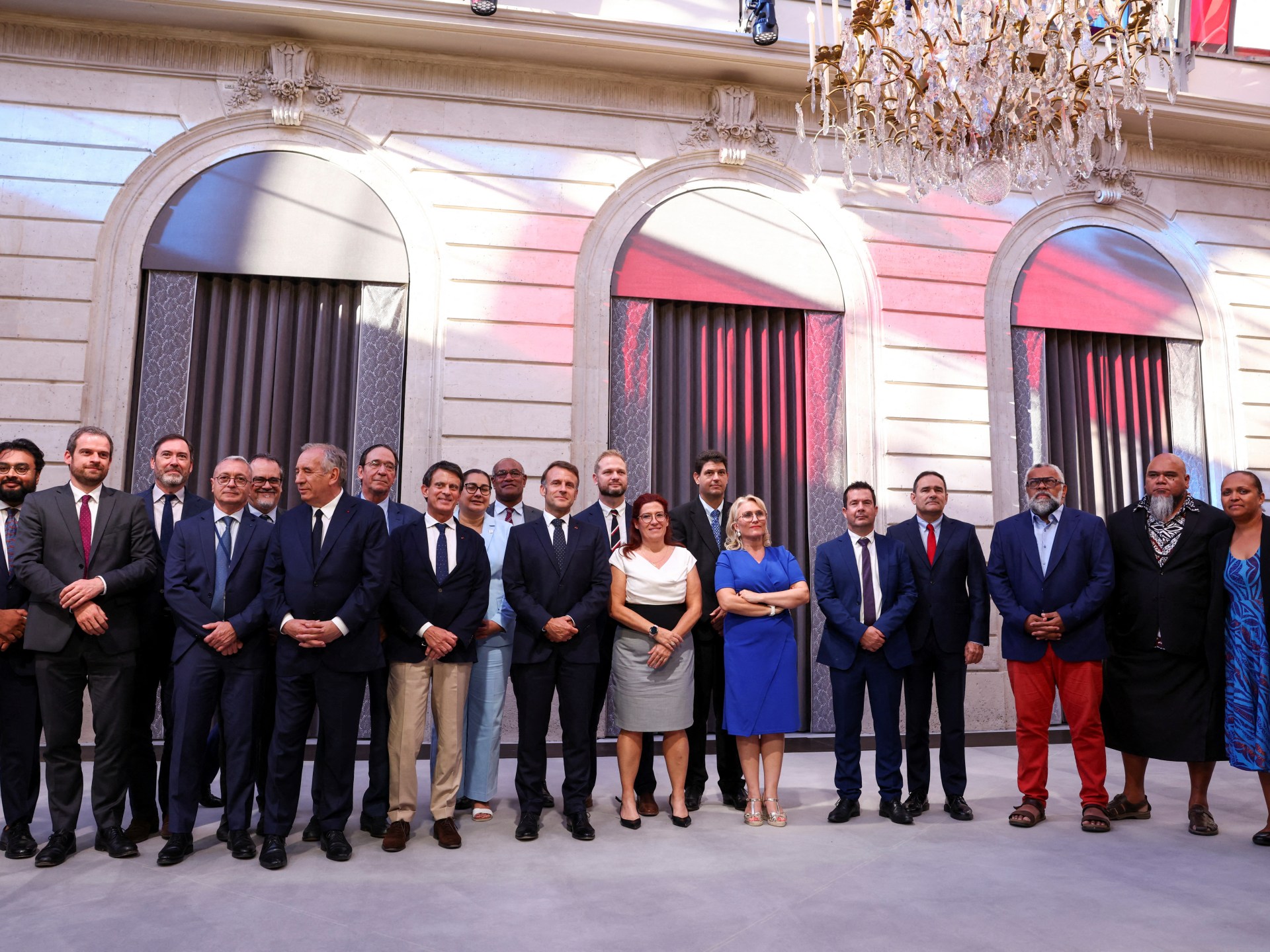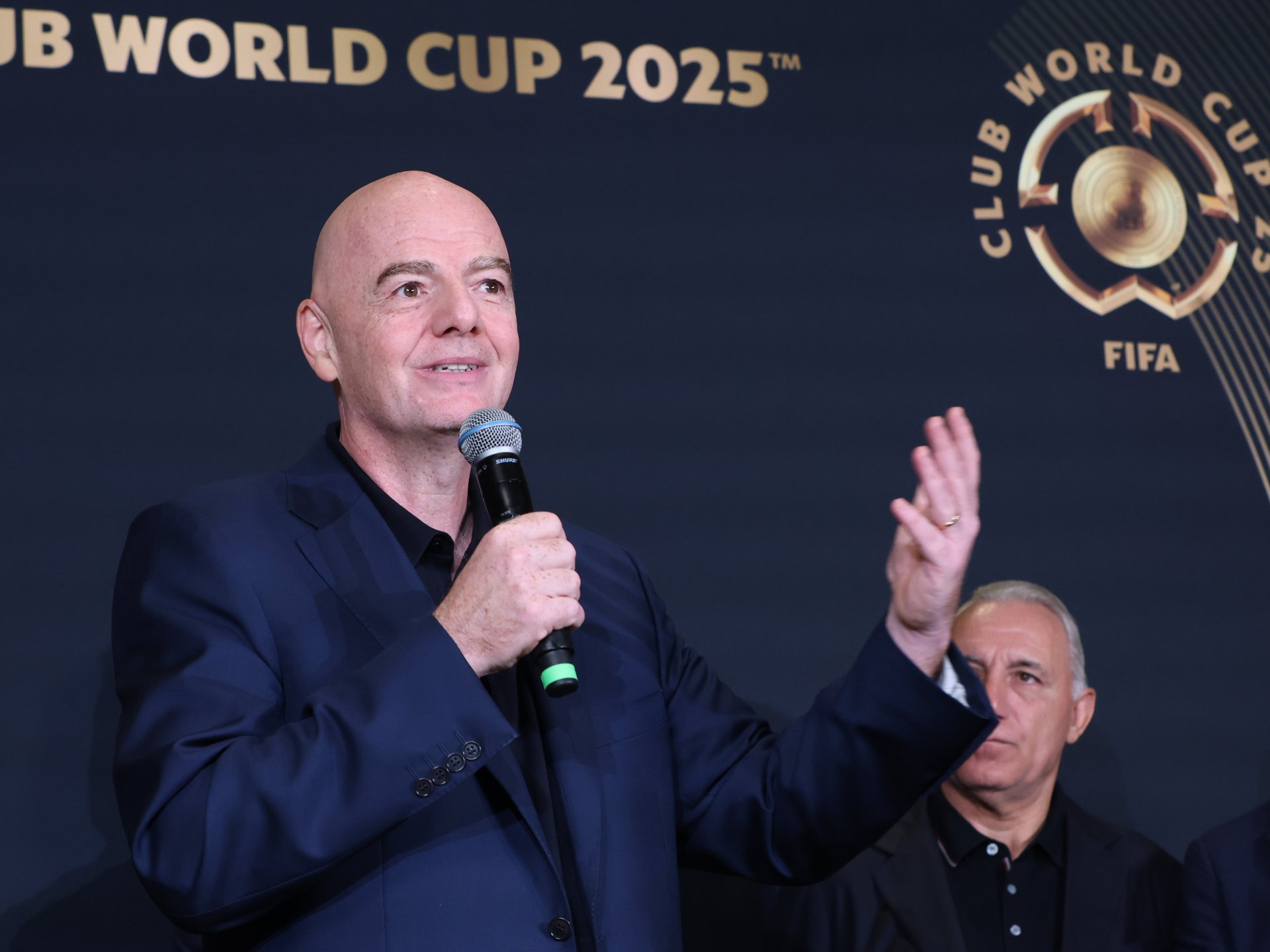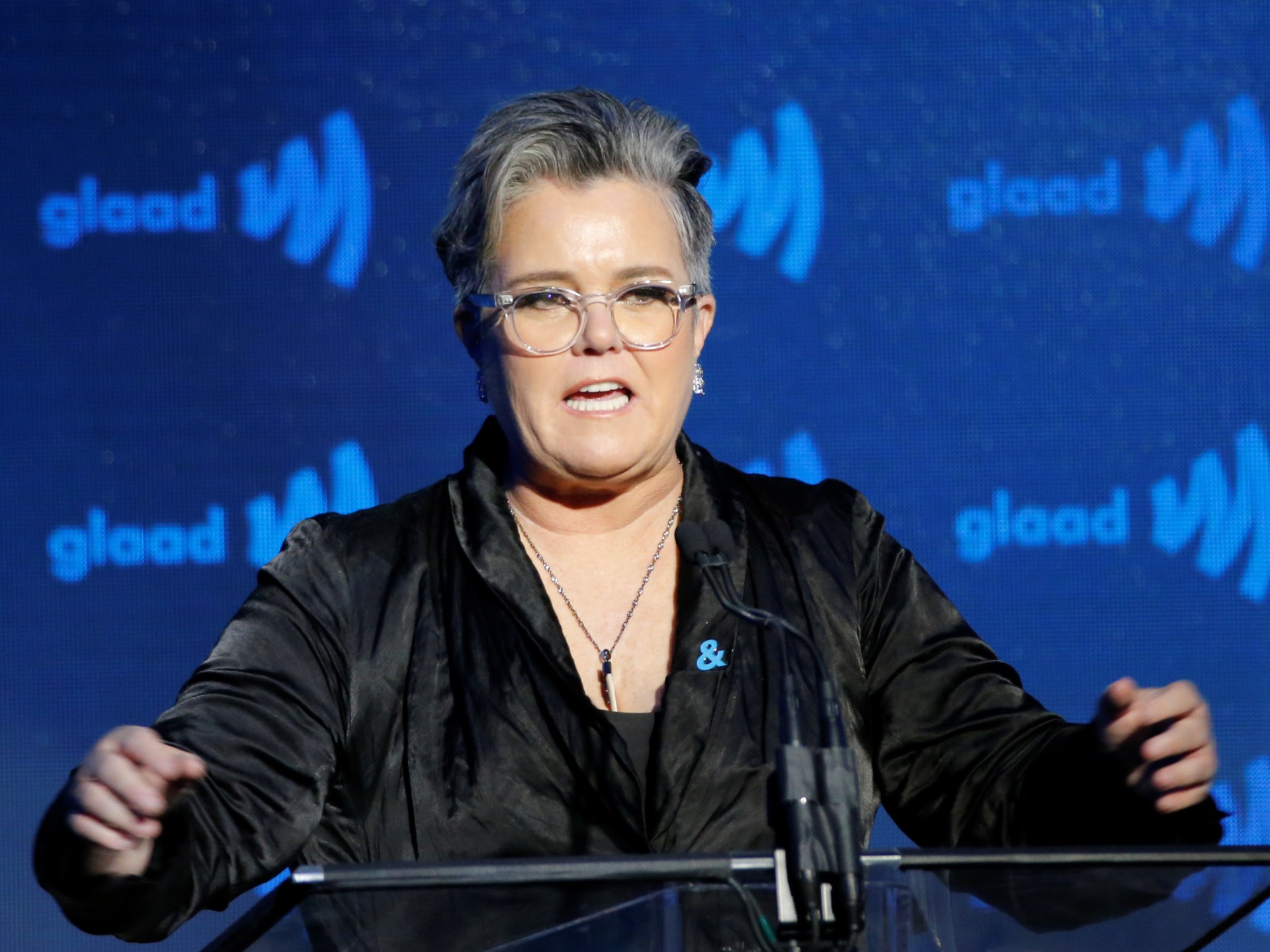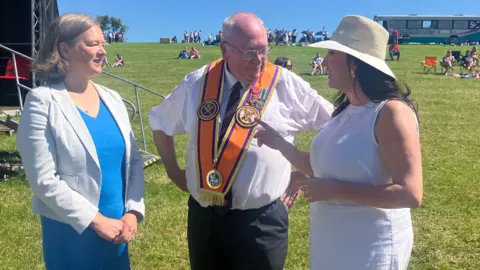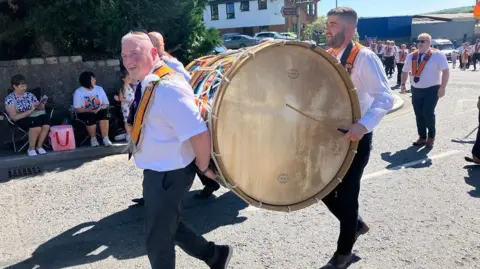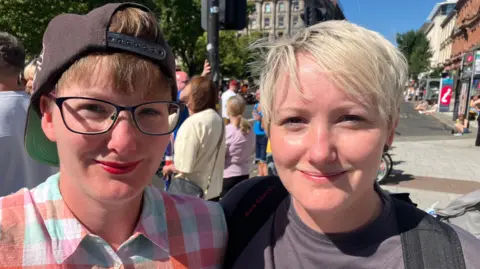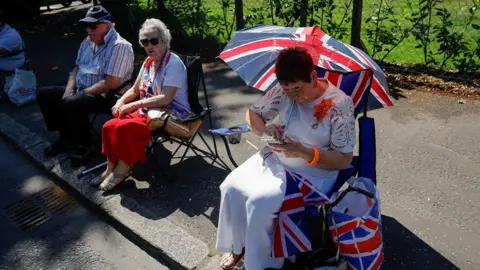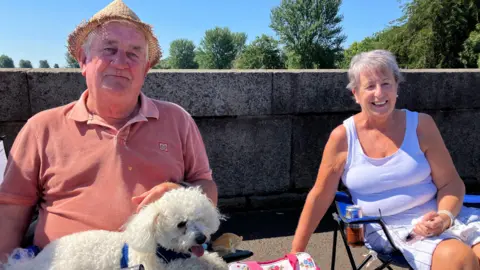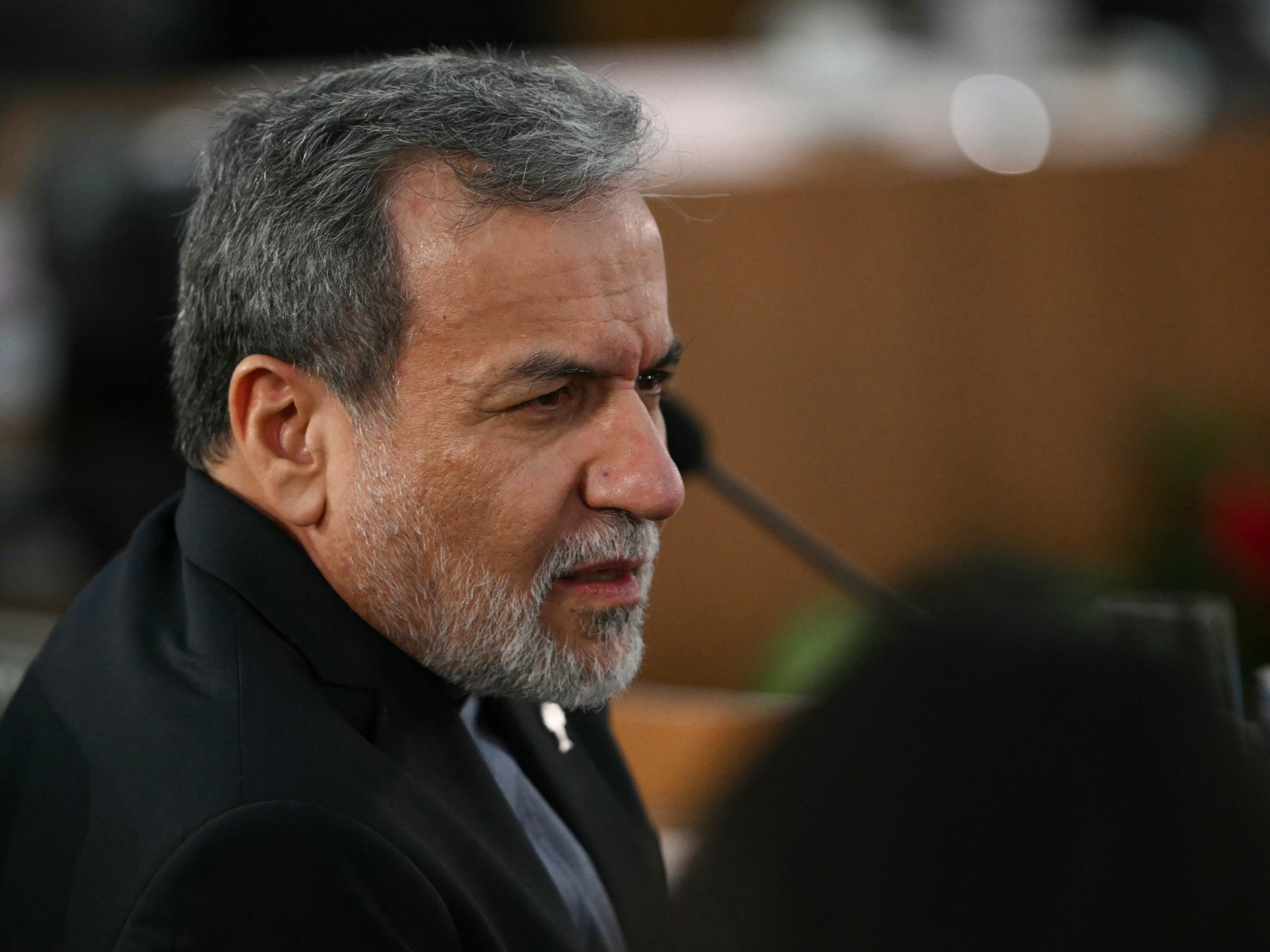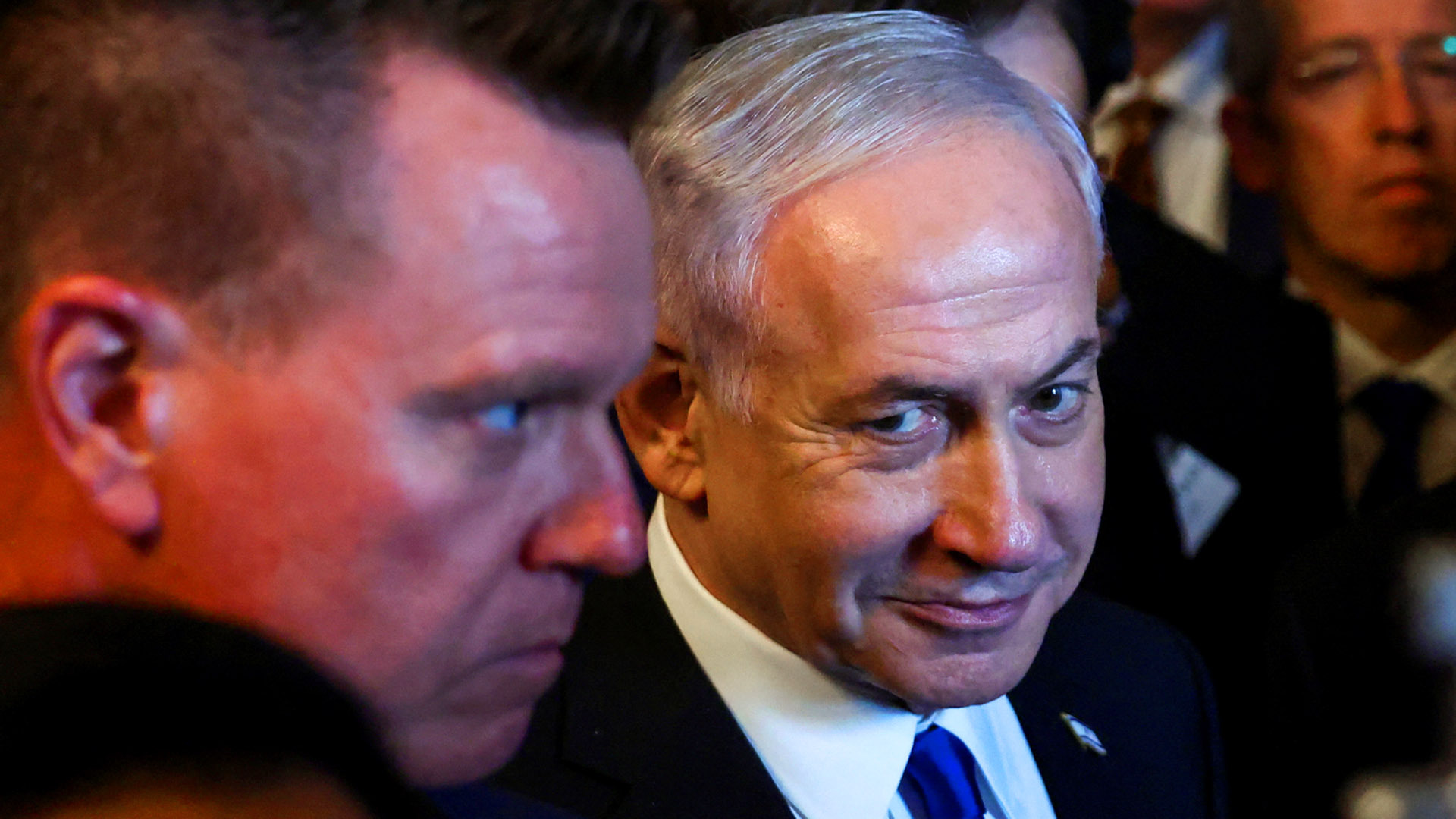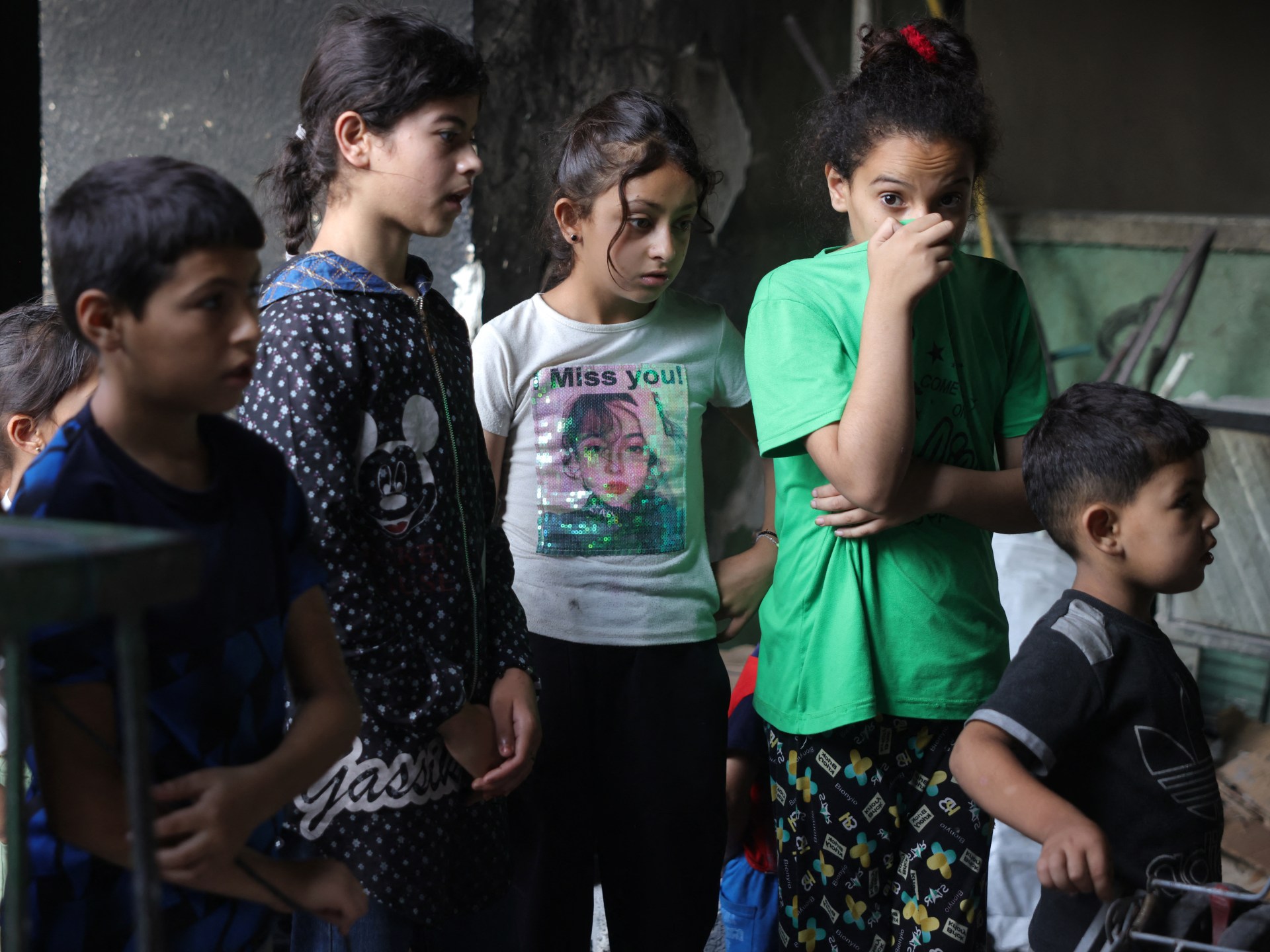‘I found my brother in Australia, just in time to make memories’
 Family photo
Family photoSix years ago, Jess Basey-Fisher was holding her mother’s ashes when her father, Nicholas, said he needed to tell her something.
He revealed that his wife, Jess’s mother, Ann, had kept a secret until the day she died.
She had given birth before she met him and put the baby boy up for adoption.
“From the moment I found out, I was determined to find my older brother,” says the 53-year-old nurse, who lives in Carleton St Peter in Norfolk.
 Family photo
Family photoJess did not have many facts to go on. She knew that the father was someone who Ann had met at a ball at a US airbase in Sculthorpe in Norfolk.
Ann, who went on to work as a nurse and a midwife, was sent away to London to give birth.
Using that information, Jess managed to track down her brother’s birth record from September 1962 on the Ancestry website, after searching for a 15-year period.
“I knew the surname, and I just had a hunch that she would have called him something like James, and it turned out to be correct,” Jess says.
Her father, Nicholas, a GP, was very supportive of the search but died on a cycling holiday a few months after revealing his wife’s secret.
‘An incredible moment’
Jess contacted a social worker who managed to find James on Facebook in 2021. He had been renamed Alistair Dalgliesh, though the social worker could not tell Jess due to data protection.
The social worker sent him a message, and he replied with his email address, but there was no further correspondence, and Jess presumed he did not want to be found.
“I was very anxious because I didn’t even know whether he was aware he had been adopted,” Jess adds.
In October, Jess decided to try and contact her brother again, through social workers, and a conversation started.
“That was an incredible moment for me,” Jess says. “And I found out my brother lives in Australia.”
In an astonishing coincidence, Alistair’s adoptive mother, Marjorie, was a nurse and his father, Ken, was a GP – mirroring Jess’s upbringing.
They had a daughter but were struggling to have another child when they adopted Alistair.
They went on to have another biological son, and the family then moved from Kent to Australia when Alistair was three, under the Ten Pound Poms scheme.
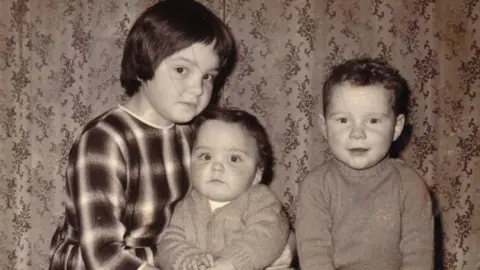 Family photo
Family photoThe siblings arranged to speak on FaceTime and had a conversation for two hours, in which they laughed about how similar they look.
Jess recognised her brother’s mannerisms as being very similar to their mother, and told him they shared a passion for music and history.
Alistair, 62, did not actively search for his birth family but often thought about them over the years.
“I was really happy to be found,” he says, speaking from his home in Queensland. “I had such a great upbringing with amazing parents, and I feel very lucky.”
Fortunately, Alistair knew from the age of ten that he was adopted, but Jess was worried about telling him that their mother had died.
Alistair took the news well, but wishes he could have reassured his biological mother before she died that he had a great life.
“My only regret is that I didn’t get to tell her. All I wanted to do was say, ‘It’s ok. Don’t worry about me,” he says.
Jess was able to share with her brother that her parents got married on his birth date, six years after he was born.
Alistair says the information sent a shiver down his spine.
“That made me realise that I still meant a lot to her,” he says.
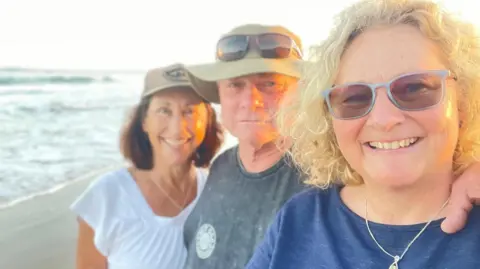 Family photo
Family photoA month after the siblings first spoke, Alistair called his sister with some news. He had been diagnosed with stage four lung cancer.
Jess decided to visit him to help him through chemotherapy and arrived in Australia in April to spend five weeks with him.
Alistair’s adoptive mother Marjorie was particularly pleased to meet her.
“I just wanted to support him. It was a magical time. He is the most loving person – he gave me a kiss and a hug every morning and night, and the whole family embraced me,” Jess says.
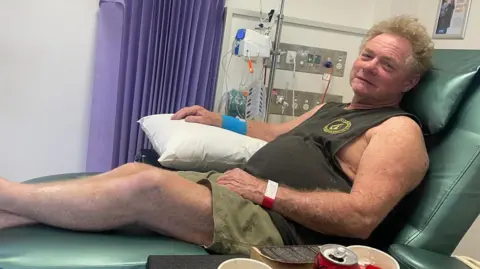 Family photo
Family photoAlistair is coming to stay with Jess in Norfolk in October, when he will meet his wider family.
Jess says she wishes her mother could have shared her secret before she died.
“I feel devastated for her and I feel cheated out of knowing Alistair for longer. But we are going to make the most of the time we have left,” she says.




